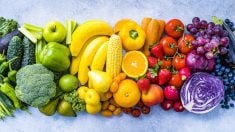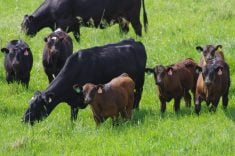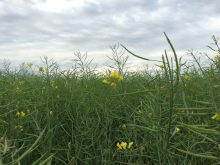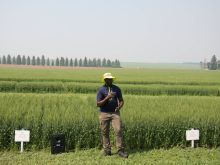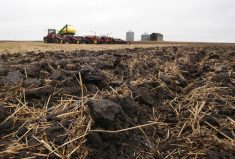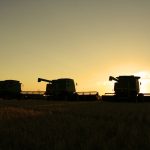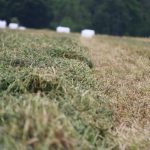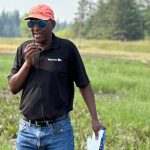“There was no good crop anywhere.”
– Les Jacobson, MFSA
For Manitoba alfalfa seed producers, 2008 was the year they’d just as soon forget.
Cool, wet weather throughout most of the growing season produced an alfalfa seed harvest less than half of normal.
“There was no good crop anywhere,” said Les Jacobson, Manitoba Forage Seed Association president.
The worst-hit region was the Interlake, the heart of Manitoba’s forage seed country. Unusually heavy summer rains caused widespread flooding and wiped out many crops.
Read Also
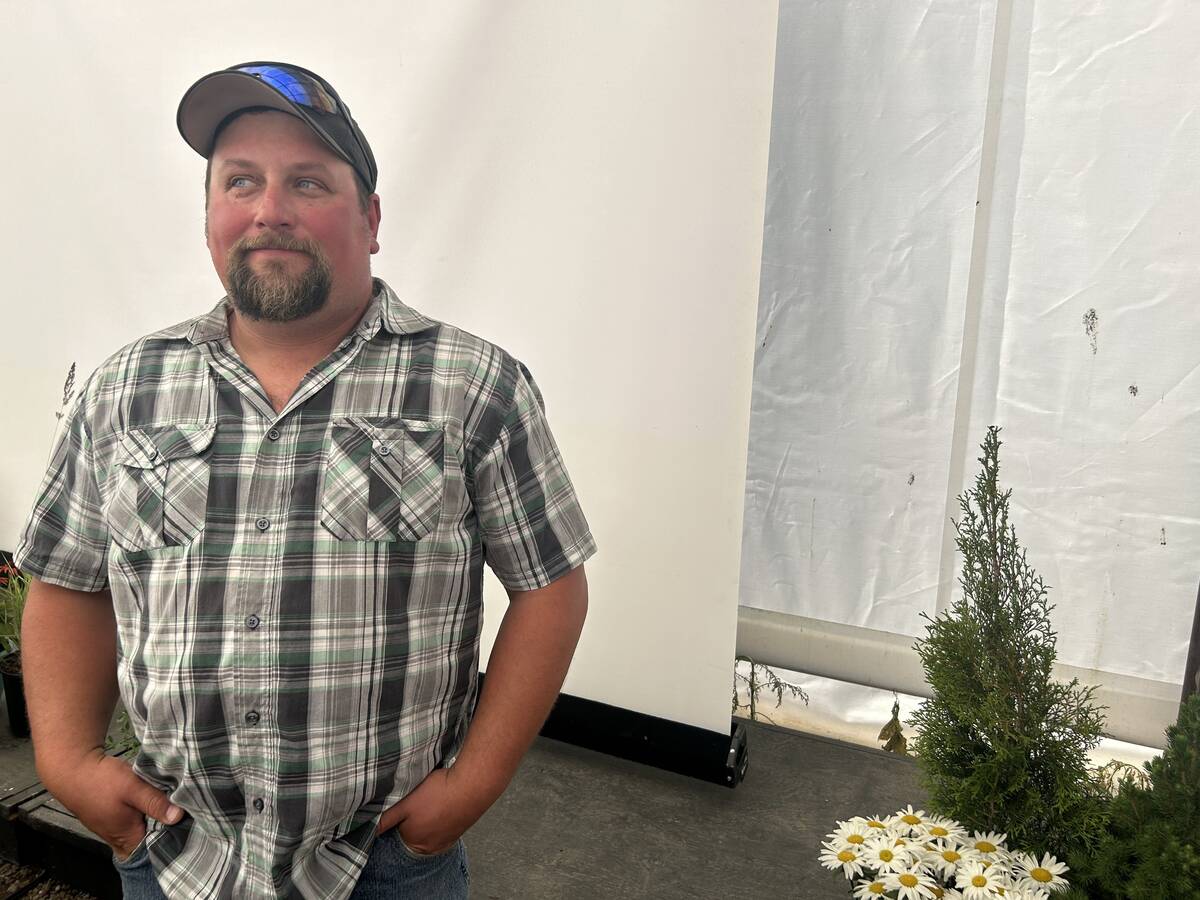
Three paths of rengerative agriculture
From integrating livestock to grassland financial incentives to precision grazing, Canadian farmers are searching for practical paths to marry farm resilience with profit
On his own farm near Arborg, Jacobson’s 840-acre alfalfa crop produced no seed at all. Normally, he’d harvest at least 250 pounds per acre.
It wasn’t even so much the rain as it was the lack of heat that produced the disaster. Cool weather kept leafcutter bees, which pollinate alfalfa crops, inside their shelters. With bees inactive, many producers, including Jacobson, were forced to cut their alfalfa for hay, water permitting.
Major setback
Manitoba’s alfalfa seed producers traded stories about their 2008 experiences during the MFSA annual meeting in Winnipeg Jan. 12.
Following two straight years of above-average yields, 2008 was a major setback for alfalfa seed growers struggling with indifferent prices and soaring input costs.
And 2009 promises to be little better as the worldwide recession puts a serious crimp in alfalfa seed markets.
Jacobson said Europe, which normally buys 30 to 50 per cent of Manitoba’s alfalfa seed production, has virtually shut down. So, too, has the United States, which takes another 30 per cent.
“There’s nothing moving until spring at least,” Jacobson said.
Current market conditions for other commodities could discourage alfalfa seed plantings this year, he added.
Low cattle prices and U. S. trade issues act as a disincentive for beef producers to expand alfalfa acreage or renovate existing stands.
Grain and oilseed prices, while down sharply from a year ago, still look pretty good compared to alfalfa seed, currently averaging between $1.25 and $1.35 a pound. It was feared at the start of 2008 that producers would switch from alfalfa seed to other crops to cash in on better prices.
Producers also worry about the potential introduction of Roundup Ready alfalfa. Although not yet registered in Canada and on hold in the U. S. pending a court case, Roundup Ready alfalfa, if introduced, could cross-contaminate seed and wreck sales to Europe, which has a zero tolerance to genetically modified seed, Jacobson said.
“Sooner or later”
Doug Cattani, a Manitoba Agriculture, Food and Rural Initiatives forage seed specialist, isn’t quite as pessimistic as Jacobson.
Europe may not be buying alfalfa seed right now but it is still contracting with producers to grow it, Cattani said.
Although final production figures aren’t in yet, Cattani acknowledged 2008 was a poor year for alfalfa seed, compared
to provincial yield averages of 380 pounds per acre in 2007 and 310 pounds per acre in 2006.
Alfalfa seed plantings rose from 30,000 acres in 2006 to roughly 35,000 acres in 2007. Cattani said he did not expect a severe acreage drop in 2008, even though other crops appear more attractive in price.
Jacobson also preferred to look on the bright side, saying alfalfa seed markets are bound to pick up sooner or later.
“It’s like gas for your car. Sooner or later, you’ve got to go to the pump.”


